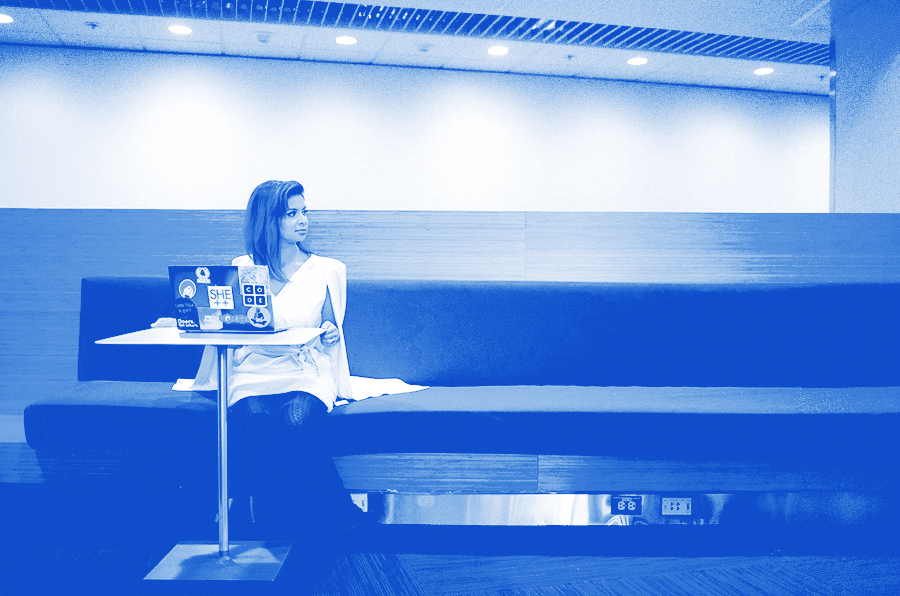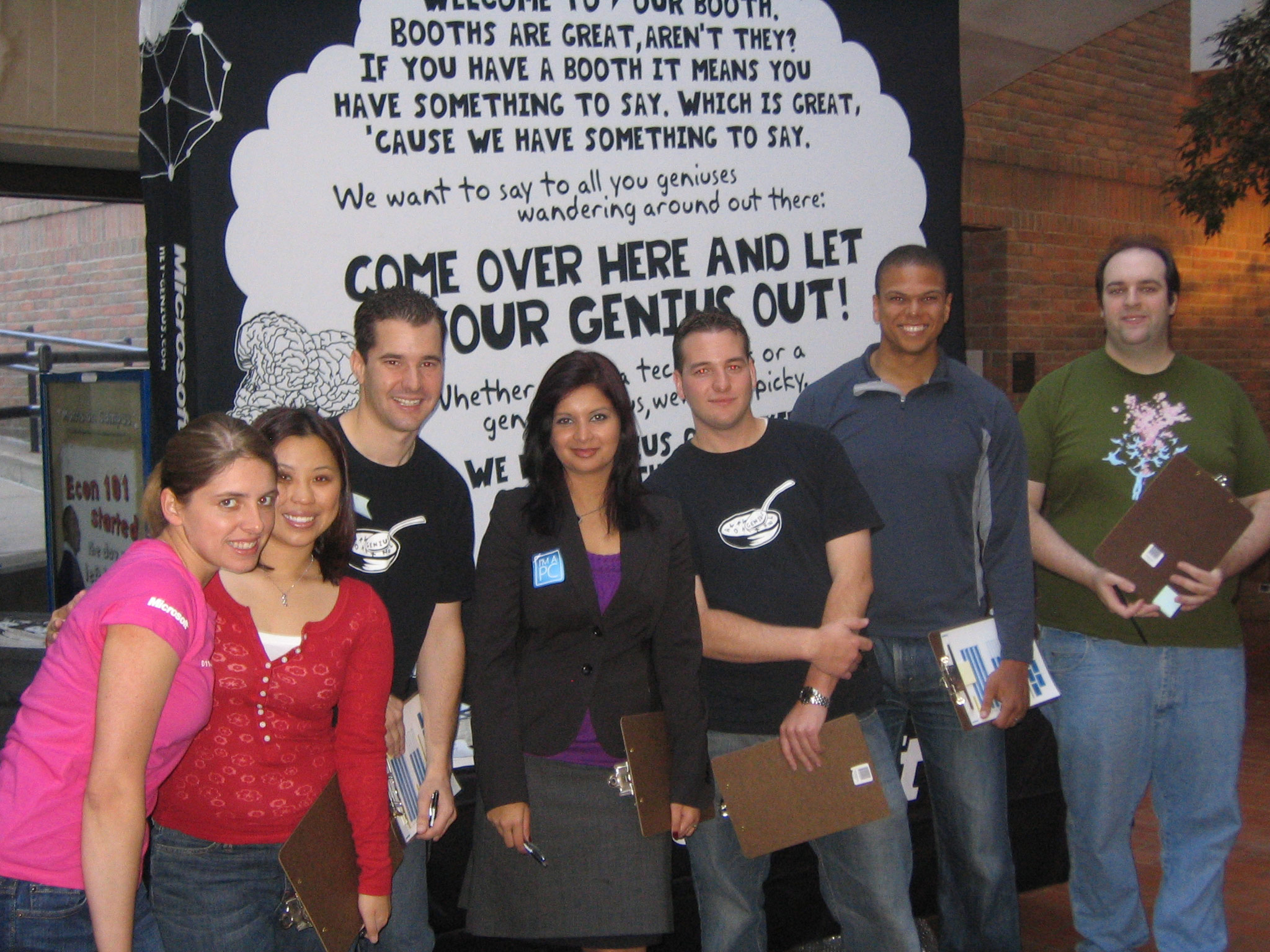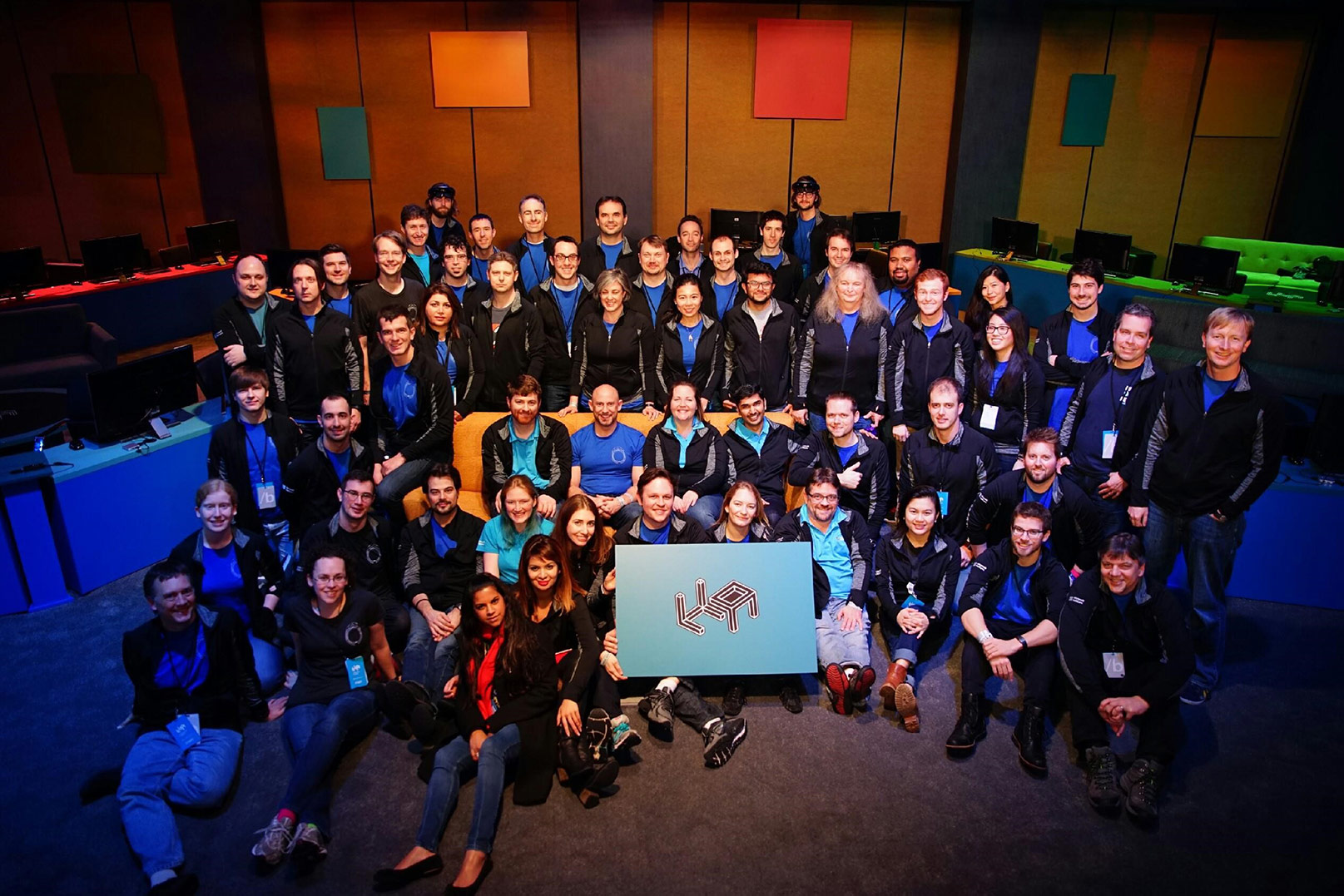Ever used the handy File Explorer tool in Windows? It’s Sarkar’s work. And if you’ve ever logged onto a new device and been elated to find your profile of files and settings intact, you have Sarkar to thank.
But despite the significance of those components, Sarkar sees them — and good tech in general — less as superstars and more as an “invisible fairy godmother.”
“I love the fact that technology we build at this company is invisible,” said the veteran Microsoft software engineer. “It’s there to just help you achieve things. We want tech to be this invisible fairy godmother who makes things happen, so you don’t have to stitch the gown or arrange for transportation. We just want you to go to the ball.”
We want tech to be this invisible fairy godmother who makes things happen, so you don’t have to stitch the gown or arrange for transportation. We just want you to go to the ball.
“I’ve been waiting 11 years for this job,” she said. “I am very excited about understanding more about what people need from their technology. When I look at businesses, I’m very interested in getting a better feeling for what they are trying to achieve and how we can help.”
Sarkar is taking the torch from Gabe Aul, who will lead the Windows Engineering Systems Team that oversees tools and systems for Windows engineers, enabling them to deliver new features and improvements quickly.
“I have worked with Dona for many years and think she is the perfect person to guide the Windows Insider Program forward,” said Aul, who will work closely with Sarkar. “Her technical expertise, passion for customers and commitment to listening to feedback is unmatched.”
For Sarkar, the position is part of a long-held passion for empowering people through technology, a desire that started when she was a teenager growing up in inner-city Detroit. At the time, she knew no one who worked in software — to this day her parents still work in the city’s auto industry — but had read about recent college graduates starting their own companies to solve big problems using technology.

She tried again, passed the class and began to learn. She interned at design software firm Autodesk, where she distilled the company’s popular AutoCAD software into a free web preview version. Knowing that not everyone could easily afford the design tools, she liked the idea of helping people figure out if the tools were right for them before they bought them. After graduation, she moved to Seattle to work for Siebel Systems, a maker of customer relationship management software.
In 2005, Sarkar started at Microsoft as a software engineer working on the Windows team. She was drawn in particular to the company’s large customer base.
“I realized there was no other way I could impact over a billion people. There was no other job I could have on earth that does that,” she said. “I joined Microsoft to understand what these customers look like, whether they live on a mountainside in Nepal or in a tower in Manhattan. They use Windows.”

 Dona Sarkar gathering user feedback for the upcoming release of Windows 7 at the University of Michigan in 2008.
Dona Sarkar gathering user feedback for the upcoming release of Windows 7 at the University of Michigan in 2008.“Any time you needed to find something in Windows, you used my feature,” she said proudly. “That’s my baby!”
For Windows 8.1, Sarkar managed the roaming platform, which she calls “magic,” because it ports a user’s profile to a new machine in a few minutes. “I love it, because it saves so much time,” she said. On Windows 10, she was the product lead for the driver signing portal.
Some people might find an operating system so invisible that they take it for granted, noticing it only when it crashes. But for Sarkar, an operating system is the essence of technology, the digital heartbeat that powers creativity and achievement.
“I love operating systems,” she said. “I love them. I love that we’re making a thing that makes other people’s lives easier. We take away all the complexities of building. This thing that lives here,” she added, pointing to her well-used laptop, “enables you to create anything you want.”
Sarkar also has made the integration of user feedback into Windows her specialty, having led Windows beta and community programs for years. She stresses the importance of constantly collecting and triaging feedback to improve the product.
Most recently, Sarkar led the developer engagement program for Microsoft HoloLens, enabling enthusiasts to make rich holographic experiences on the Universal Windows Platform. She taught for Microsoft’s Holographic Academyand recently created the inaugural #HoloHacks hackathon, a vibrant event in Seattle that drew a diverse crowd of coders, Unity developers, 3D artists, filmmakers and sound engineers.
“It was insane,” she said, smiling. The group made 17 apps in a marathon weekend, from a children’s storybook rendered in beautiful holograms to a tool that measures stuff based on where you’re looking.
“All of my experience with HoloLens will fold very well into Insiders, because everyone who owns a HoloLens is an Insider,” Sarkar said.
 Dona Sarkar and the HoloLens team at Build 2016.
Dona Sarkar and the HoloLens team at Build 2016.“I want people in the Insiders program to feel like a part of our family,” she said. “I want them to feel like they have a seat at the table to help make this product better. And not just hardcore technical people. I want people who work on creative projects to also feel like they have a seat at the table.”
Creative projects are a second nature for Sarkar, whose eclectic passions form an intriguing portrait of contrasts. In addition to being an engineer, Sarkar is an aspiring fashion designer, a fashion blogger, a speaker and an author of four published books, which include two novels, a novella and a career advice book. She is both digital and analog, coding at work and hand-sketching designs at home on her Surface Book.
Sarkar is passionate about Windows not just as an engineer for Microsoft, but as a person who uses the product herself to run four businesses. She manages her design, blogging, speaking and writing businesses on Windows, and her output is immense. Every day she wakes up early, drinks an Americano and sits down for a few hours with her cat and a beat-up Asus laptop. And that’s before she goes to work in Redmond.
Her Windows 10 machine is such a beloved workhorse that it has a missing screw, a worn keyboard and bite marks from her cat, an Egyptian Mau named Ash who gnaws on the corners when Sarkar works. The device is covered in stickers from events she’s spoken at about women in technology and STEM, a subject close to her heart.
I want people in the Insiders program to feel like a part of our family.
She wants to know: Would you buy the product again? Would you recommend it to someone else? Would you bet your entire business and personal brand on a product my team has built?
“That’s been my passion since the day I started at this company: talking to people about how much they like Windows,” Sarkar said. “And asking them, ‘Do you like it? Do you love it? How can we make it better?’ And then using that feedback to help us build the right things for our customers, so they can focus on their own businesses and brands.”
[Source:-Microsoft]




